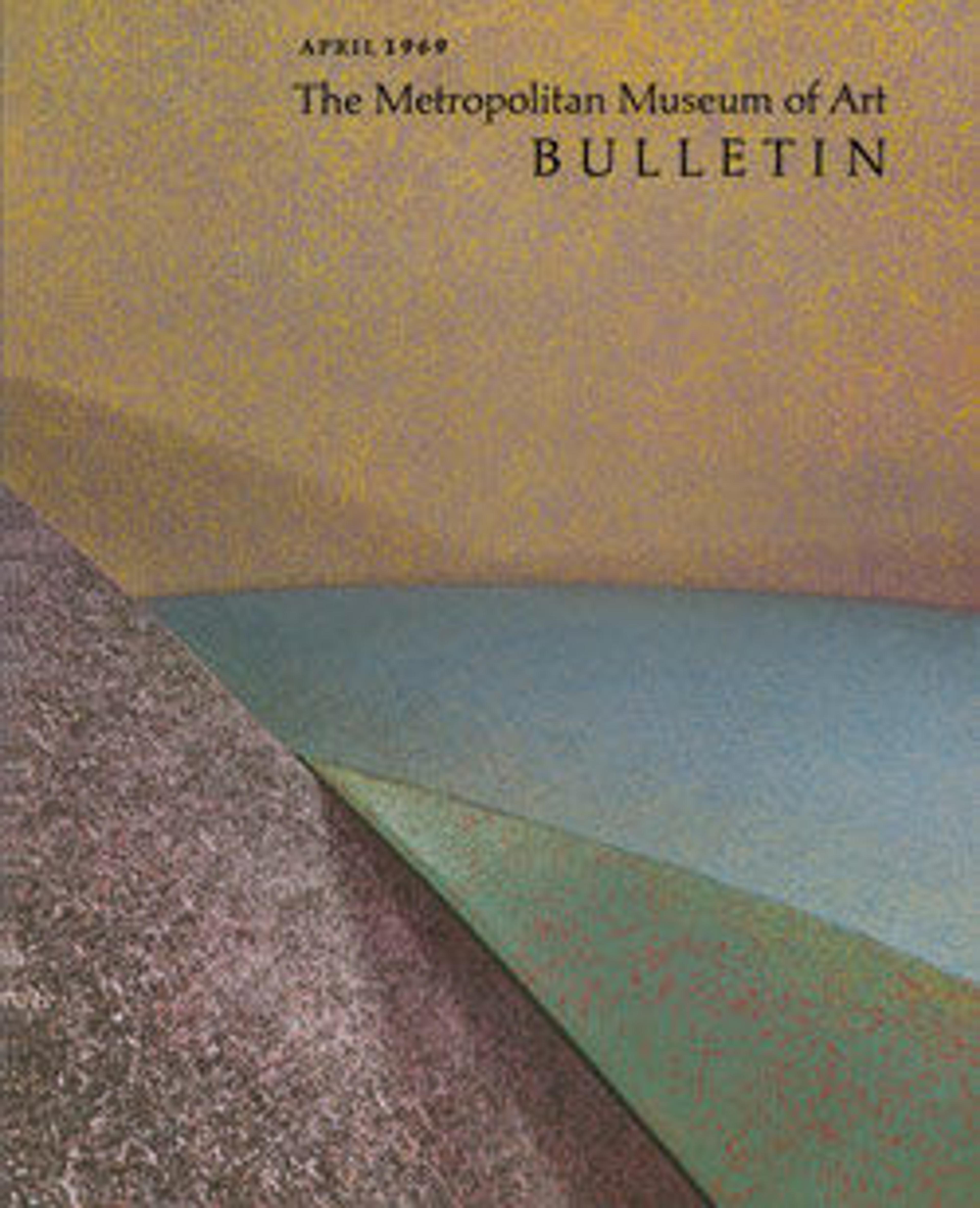Portable diptych sundial
The growing production of mechanical clocks during the Renaissance had the effect of stimulating the construction of a variety of timekeeping instruments. Sundials were used for setting clocks, as well as for regulating their still inaccurate movements. Both the variety and number of sundials proliferated, but Nuremberg sundial makers specialized in small, folding, easily portable types made of ivory or wood. This dial, which can be used to tell the time in several different systems of counting the hours, was made to be used in Nuremberg's latitude of 49 1/2 degrees. Other portable sundials made in Nuremberg can be adjusted for use in several latitudes.
Artwork Details
- Title: Portable diptych sundial
- Maker: Hans Tröschel the Elder (German, 1549–1612)
- Date: ca. 1598
- Culture: German, Nuremberg
- Medium: Ivory, brass
- Dimensions: Overall: 3 1/2 × 2 3/8 in. (8.9 × 6 cm)
- Classification: Horology
- Credit Line: Gift of Mrs. Stephen D. Tucker, 1903
- Object Number: 03.21.38
- Curatorial Department: European Sculpture and Decorative Arts
More Artwork
Research Resources
The Met provides unparalleled resources for research and welcomes an international community of students and scholars. The Met's Open Access API is where creators and researchers can connect to the The Met collection. Open Access data and public domain images are available for unrestricted commercial and noncommercial use without permission or fee.
To request images under copyright and other restrictions, please use this Image Request form.
Feedback
We continue to research and examine historical and cultural context for objects in The Met collection. If you have comments or questions about this object record, please contact us using the form below. The Museum looks forward to receiving your comments.
